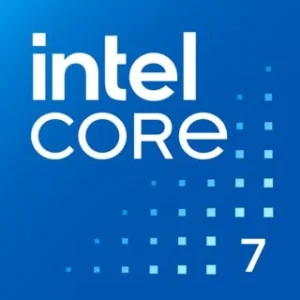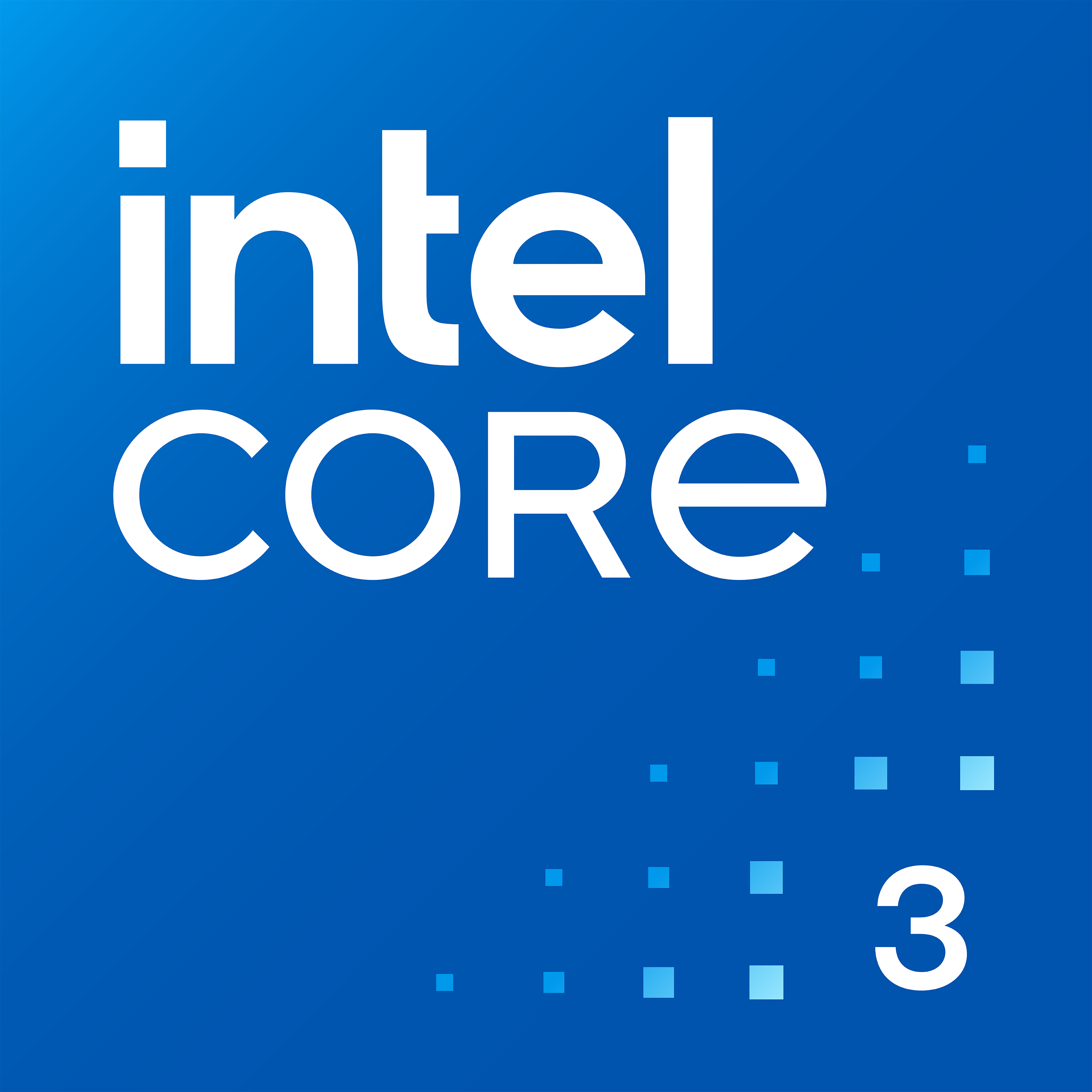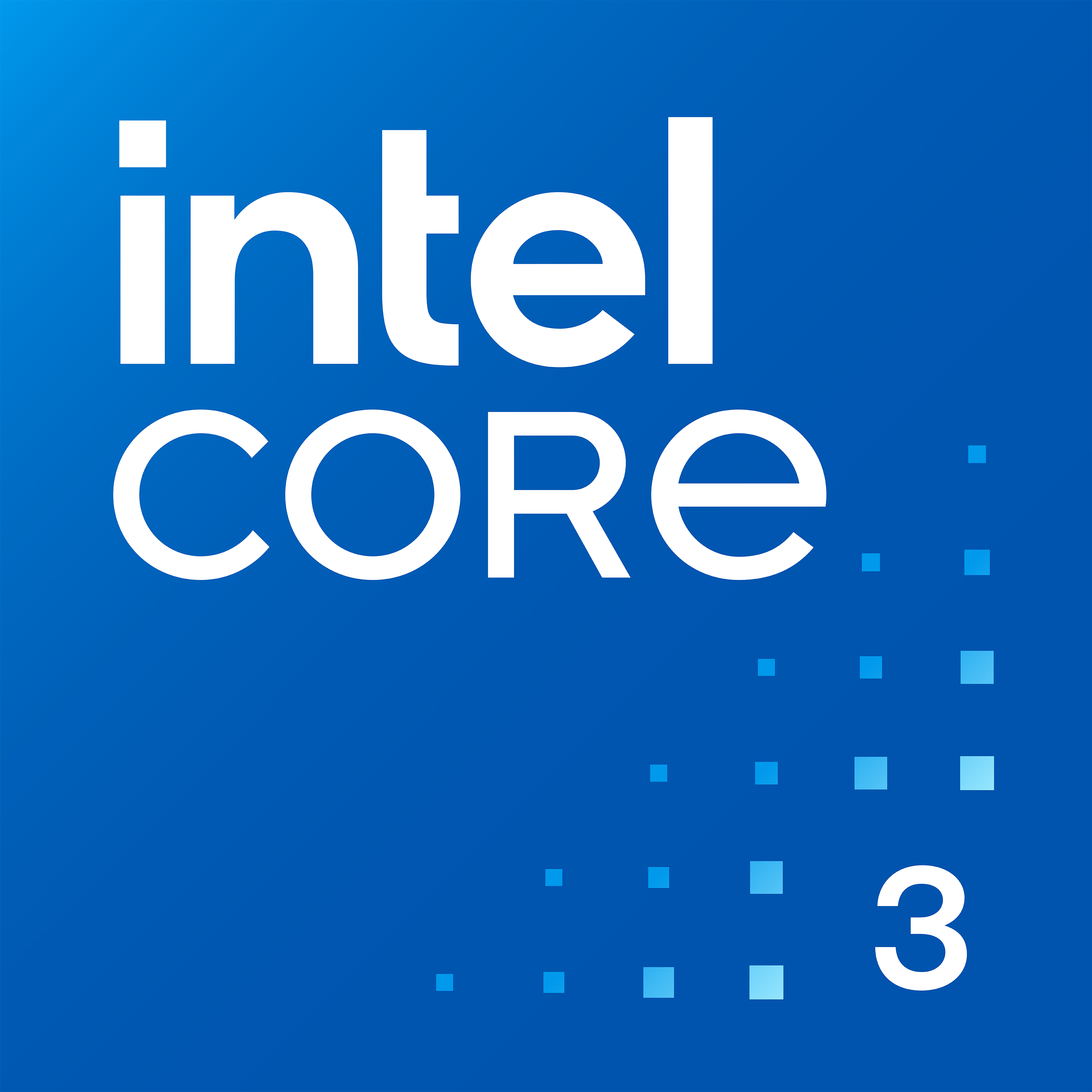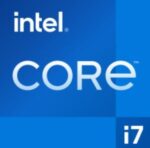Gadgetviza » Processors » Intel Core 7 150U
Intel Core 7 150U

Key Details for Intel Core 7 150U
- memory
Total Core No.
10 - screenshot_monitor
Max. Frequency
5.4 Ghz - width_normal
Technology
10 nm - storage
No of Threads
12 - developer_board
iGPU
Intel Graphics
Related Processor
























































Compare Related Processor
Detail Specification of Intel Core 7 150U
General | |
|---|---|
Brand?The manufacturer or company that produces the processor, such as Intel or AMD. The brand often signifies the processor's architecture and overall quality. | Intel |
Code Name?An internal name used by the manufacturer during the development of a processor architecture. It often indicates the generation or specific design of the processor. | Raptor Lake |
Series Name?The marketing name given to a specific family of processors within a brand's lineup, such as Intel Core i7 or AMD Ryzen 5. Series names help categorize processors based on performance and target market. | Intel Core processors (Series 1) |
Model Name?The marketing name given to a specific family of CPUs within a brand's lineup, such as 'Intel Ultra 5' or 'Intel Ultra 7'. Model names help categorize CPUs based on performance and target market. | Intel Core 7 |
Instruction Set?The set of commands that a processor understands and can execute. Different instruction sets support varying levels of performance and compatibility with software. | X86 |
Launch Date | 01/2024 |
Vertical?The intended market segment or use case for the processor, such as desktop, laptop, server, or embedded systems. It indicates the processor's design and features tailored for specific applications. | Laptop |
CPU | |
|---|---|
Total No. of Cores?The total number of physical processing units within the processor. More cores allow the processor to handle multiple tasks simultaneously, enhancing multitasking performance. | 10 |
No. of P-Cores?The number of Performance cores (P-cores) within the processor. P-cores are designed for high-performance tasks and demanding applications. | 2 |
P-Cores Base Frequency?The standard operating speed of the Performance cores (P-cores), measured in gigahertz (GHz). It indicates the P-cores' baseline performance level. | 1.8 Ghz |
P-Cores Boost Frequency?The maximum speed a P-core can reach under heavy load, measured in gigahertz (GHz). It represents the P-cores' peak performance capability. | 5.4 Ghz |
No. of E-Cores?The number of Efficiency cores (E-cores) within the processor. E-cores are designed for power efficiency and handling background tasks. | 8 |
E-Cores Base Frequency?The standard operating speed of the E-cores, measured in gigahertz (GHz). It indicates the E-cores' baseline performance level. | 1.2 Ghz |
E-Cores Boost Frequency?The maximum speed an E-core can reach under heavy load, measured in gigahertz (GHz). It represents the E-cores' peak performance capability. | 4 Ghz |
No. of Threads?The number of virtual processing units a core can handle simultaneously. Threads enable a single core to process multiple instruction streams, enhancing efficiency. | 12 |
L1 Cache?The smallest and fastest cache memory level, located closest to the processor cores. It stores frequently accessed data for rapid retrieval. | 80 KB (per core) |
L2 Cache?A mid-level cache memory that provides a larger storage capacity than L1 cache. It stores data that is less frequently accessed than L1 but more frequently than L3. | 1280 KB (per core) |
L3 Cache?The largest and slowest cache memory level shared by all processor cores. It stores data that is less frequently accessed than L2 but still needed for efficient operation. | 12 MB (shared) |
L1 Cache(E-core)?The L1 cache memory dedicated to the Efficiency cores (E-cores). It stores frequently accessed data for rapid retrieval by the E-cores. | 96 KB (per core) |
L2 Cache(E-core)?The L2 cache memory dedicated to the Efficiency cores (E-cores). It provides a larger storage capacity than the E-cores' L1 cache. | 2 MB (Shared) |
Multiplier?A factor that determines the processor's clock speed by multiplying the base clock frequency. It influences the overall operating speed of the processor. | 18x |
Unlocked Multiplier?Indicates that the processor's multiplier can be adjusted, allowing for overclocking to increase performance beyond the default specifications. | No |
Perfomance Score | |
|---|---|
Cinebench R23 (Single core)?Measures a CPU's single-core performance using Cinema 4D's rendering engine | 1586 |
Cinebench R23 (Multi core)?Multi-Core: Evaluates a CPU's multi-core performance, utilizing all cores for rendering | 7821 |
Cinebench 2024 (Single Core)?Tests single-core efficiency using Redshift rendering engine | 89 |
Cinebench 2024 (Multi Core)?Assesses multi-core performance with Redshift rendering over a 10-minute test | 543 |
Geekbench 6 (Single Core)?Benchmarks a CPU's single-threaded performance in real-world tasks | 2207 |
Geekbench 6 (Multi Core)?Measures multi-core processing power across various workloads | 8531 |
Package | |
|---|---|
Technology?The process used to create the processor, measured in nanometers (nm). Smaller manufacturing processes typically result in more efficient and powerful processors. | 10 nm |
Base Power Consumption?The typical power consumption of the processor under normal operating conditions, measured in Watts (W). It indicates the processor's energy efficiency. | 15 watt |
Max. Power Consumption?The maximum amount of power the processor can consume under heavy load, measured in Watts (W). It represents the processor's peak power usage. | 55 watt |
Socket?The physical interface on the motherboard where the processor is installed. The socket type determines compatibility between the processor and motherboard. | FCBGA1744 |
Max. Temperature?The maximum safe operating temperature for the processor, measured in degrees Celsius (°C). Exceeding this temperature can lead to performance degradation or damage. | 100°C |
IGPU | |
|---|---|
IGPU Name?The specific name given to the integrated Graphics Processing Unit (IGPU) by the processor manufacturer. It identifies the IGPU's architecture and capabilities. | Intel Graphics |
Base Frequency?The standard operating speed of the IGPU, measured in megahertz (MHz). It indicates the IGPU's baseline graphics processing power. | 300 MHz |
Boost Frequency?The maximum speed the IGPU can reach under heavy graphics load, measured in megahertz (MHz). It represents the IGPU's peak graphics performance. | 1.3 GHz |
Shading Units?The number of processing units within the IGPU responsible for rendering graphics. More shading units generally result in better graphics performance. | 768 |
TMUs?Texture Mapping Units (TMUs) are processing units within the IGPU that apply textures to 3D surfaces. More TMUs improve the realism and detail of rendered graphics. | 48 |
ROPs?Render Output Units (ROPs) are processing units within the IGPU that handle the final stage of rendering, converting pixel data into an image. More ROPs improve the frame rate and image quality. | 24 |
Execution Units?The number of parallel processing cores within the IGPU. These units execute graphics instructions, and a higher number typically indicates better graphics performance. | 96 |
IGPU Power?The overall graphics processing capability of the integrated GPU. This is measured by how well it can handle graphical tasks, such as video playback and light gaming. | 2 TFLOPS |
Display & Memory Support | |
|---|---|
Memory Support?The types and speeds of RAM that the processor is compatible with. It specifies the maximum amount and speed of RAM that can be used with the processor. | Up to DDR5 5200 MT/s Up to DDR4 3200 MT/s Up to LPDDR5/x 5200 MT/s Up to LPDDR4x 4267 MT/s |
Max. Display Resolution Support?The highest resolution that the processor's integrated graphics or the processor in conjunction with a dedicated GPU can output to a display. It indicates the maximum visual fidelity the processor can support. | 7680 x 4320 @ 60Hz |
Features | Gaussian & Neural Accelerator, Thread Director, Adaptix Technology, Hyper-Threading Technology, Virtualization Technology |
Product Link | Intel |
Overview: Intel Core i7 150U Processor
The Intel Core i7 150U, unveiled in January 2024, is a versatile 10-core processor developed using the advanced Raptor Lake architecture. With its hybrid core design integrating Performance Cores (P-Cores) and Efficiency Cores (E-Cores), this processor is tailored for laptops that demand power, efficiency, and cutting-edge performance. Featuring Intel Graphics, compatibility with high-speed memory configurations such as DDR5/LPDDR5, and built using a 10nm manufacturing process, the Intel Core i7 150U delivers exceptional multitasking capabilities for gaming, productivity, and professional workflows.
Features and Specifications
Hybrid Core Architecture for Dynamic Computing
- Total Cores: 10 (2 P-Cores + 8 E-Cores)
- P-Core Base Frequency: 1.8 GHz
- P-Core Boost Frequency: 5.4 GHz
- E-Core Base Frequency: 1.2 GHz
- E-Core Boost Frequency: 4 GHz
The hybrid design optimizes power and performance, with P-Cores delivering enhanced speed for demanding tasks like gaming and video editing, while E-Cores efficiently manage multitasking and background operations. This architecture ensures superior performance for diverse computing needs.
Intel Graphics for Visual Excellence
- Base Frequency: 300 MHz
- Boost Frequency: 1.3 GHz
- Shading Units: 768
- TMUs: 48
- ROPs: 24
- IGPU Power: 2 TFLOPS
Integrated Intel Graphics supports vibrant visuals and smooth rendering for gaming, media playback, and creative workflows. With 2 TFLOPS of graphical power, users can enjoy immersive experiences across applications ranging from casual gaming to high-definition streaming.
Memory and Display Compatibility
- Memory Support:
- DDR5 – Up to 5200 MT/s
- DDR4 – Up to 3200 MT/s
- LPDDR5/x – Up to 5200 MT/s
- LPDDR4x – Up to 4267 MT/s
- Maximum Display Resolution: 7680 × 4320 @ 60Hz
The processor supports next-gen memory configurations, ensuring lightning-fast multitasking and efficient data handling. Its compatibility with 8K displays delivers ultra-high-definition visuals for professional and entertainment purposes.
Energy Efficiency and Thermal Design
- Base Power Consumption: 15 watts
- Maximum Power Consumption: 55 watts
Manufactured using a 10nm process, the processor balances energy efficiency with reliable thermal management, allowing for extended workloads without compromising performance or stability.
Use Cases for Intel Core i7 150U
1. Productivity Laptops for Professionals
The processor’s efficient hybrid core setup ensures seamless multitasking for productivity applications, virtual meetings, and resource-intensive workflows, catering to modern professionals.
2. Gaming Systems for Enthusiasts
With integrated Intel Graphics and hybrid architecture, the processor provides fluid frame rates, responsive gameplay, and detailed visuals, making it suitable for gaming enthusiasts.
3. Creative Workstations for Content Creation
The combination of advanced processing power and graphics capabilities makes it ideal for creative tasks, including video editing, graphic design, and 3D modeling, ensuring precise and reliable outputs.
4. High-Definition Media Devices
Support for 8K displays and high-speed memory configurations makes this processor perfect for streaming, media playback, and immersive multimedia experiences.
5. Energy-Conscious Laptops for Sustainable Performance
The processor’s energy-efficient design ensures prolonged battery life and consistent performance, making it suitable for laptops focused on balanced power usage.
Updated:







